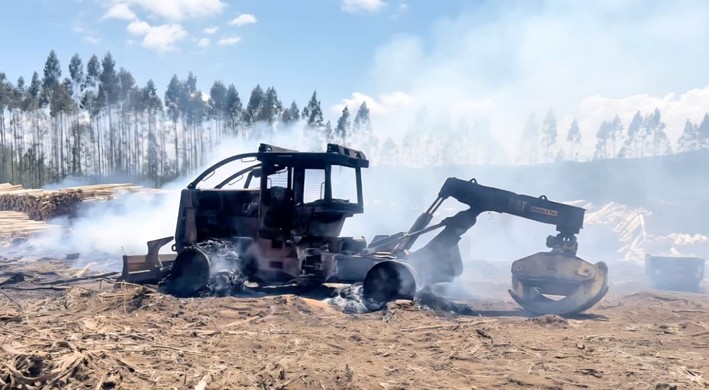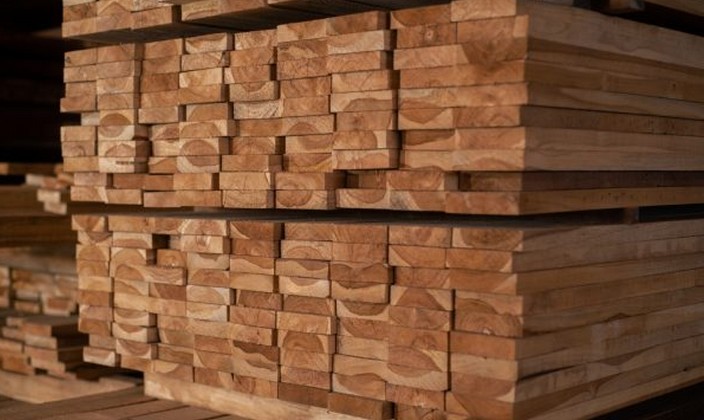New project aims to combat fungal diseases in European hazelnut in south-central Chile
A new boost to the health and productivity of European hazelnut in Chile will come with the recent approval of the project "Alert and timely management platform for fungal diseases in European hazelnut for producers in Maule and Ñuble." This initiative, supported by the Foundation for Agrarian Innovation (FIA), will be led by researcher Daina Grinbergs from the Fruit Pathology Laboratory of INIA Quilamapu and will span three years with a multidisciplinary team.
The project seeks to address one of the main concerns of the productive sector: controlling diseases affecting the wood of European hazelnut, a crop that has experienced explosive growth in recent years and now exceeds 49,000 hectares, primarily concentrated in the Maule, Ñuble, and La Araucanía regions.
Continuation of key research
Grinbergs explained that this new platform is a direct continuation of the recently concluded project "Management of wood diseases in European hazelnut for the south-central macrozone," which enabled a systematic study of the impact of fungal pathogens on this fruit crop. In this research, 330 symptomatic samples were analyzed, with the fungus *Chondrostereum purpureum* proving to be the most prevalent and aggressive, present in 20% of cases.
The team also advanced in understanding the reproductive behavior of these fungi, quantifying spores and correlating their release with climatic variables. Rainfall exceeding 1 mm was identified as the main trigger for spore dispersal.
Management alternatives and promising products
One focus of the project was evaluating different control products—chemical, biological, and biorational—in both laboratory and field settings. Although trials are ongoing, initial results are encouraging: certain active ingredients already show efficacy in reducing symptoms such as wood discoloration and shoot dieback, while also strengthening plant immune responses through plant and algae extracts.
These advances were shared at a closing seminar attended by over 100 participants, including producers, technical advisors, and academics. Researchers such as Javier Chilian, Ricardo Ceballos, and advisors Pablo Grau and Marcos Gerding also participated, all agreeing on the importance of sharing locally applicable knowledge tailored to Chile's reality.
Sector vision: urgency and collaboration
For Blanca Messina, an expert advisor in European hazelnut, continuing this type of research is crucial: "This is a relatively new crop in Chile, with unique problems not always seen in other producing countries. That’s why we must maintain a constant process of knowledge generation," she noted.
Similarly, Jean Paul Joublan, a fruit crop advisor, emphasized that "wood fungi are the greatest current sanitary challenge in fruit farming" and praised the generation of local knowledge as a strategic tool. In his view, public-private collaboration has proven more efficient than foreign models: "It positions us as potential leaders in European hazelnut cultivation, as we’ve already done with cherries."
Finally, Jaime Ramírez, FIA representative for Ñuble and Biobío, highlighted the strategic value of these gatherings: "These seminars strengthen technical decision-making and have a direct impact on the agri-food chain. As FIA, we will continue supporting innovative projects that address the needs of the fruit sector," he concluded.
With this new project underway, the goal is to consolidate tools that enable producers to tackle the crop's sanitary challenges, improve yields, and strengthen the competitiveness of Chilean European hazelnut in the international market.

















